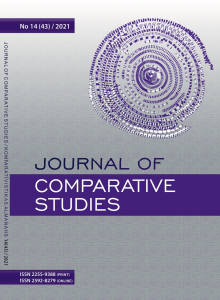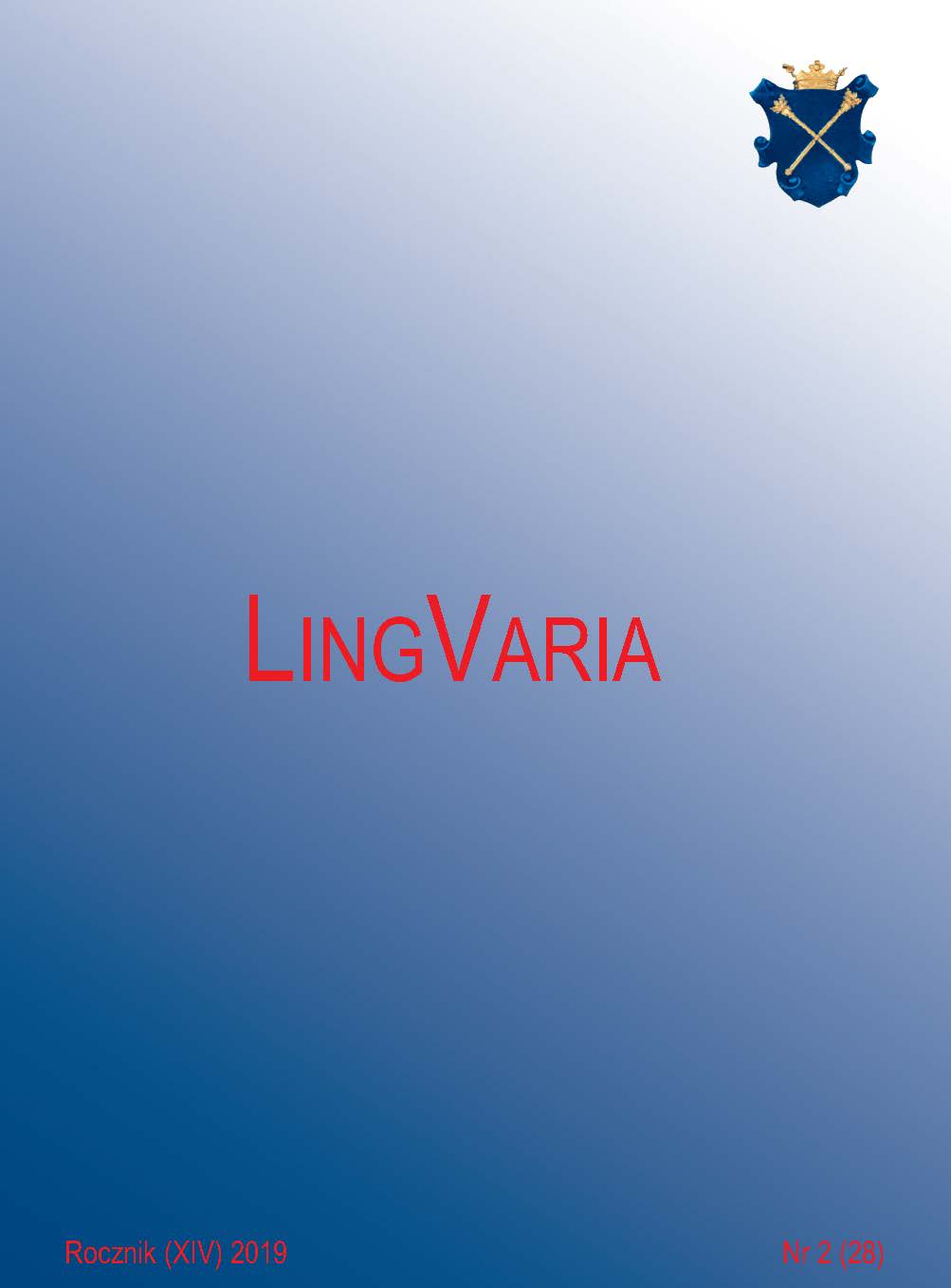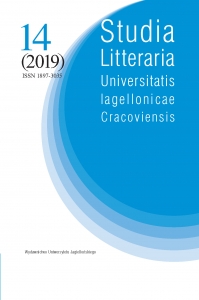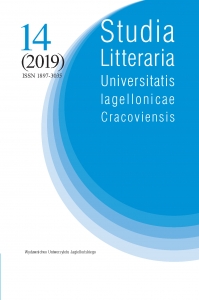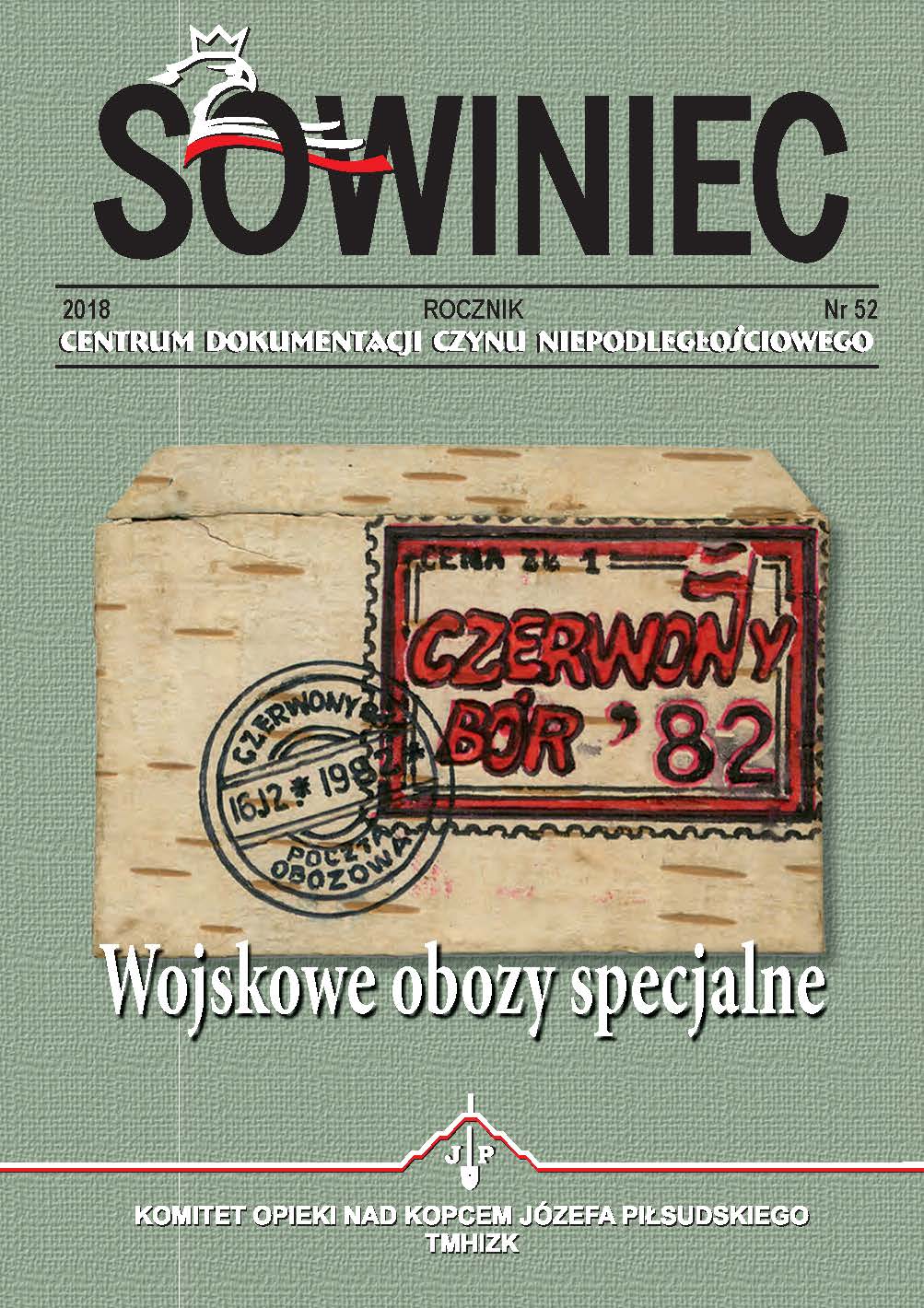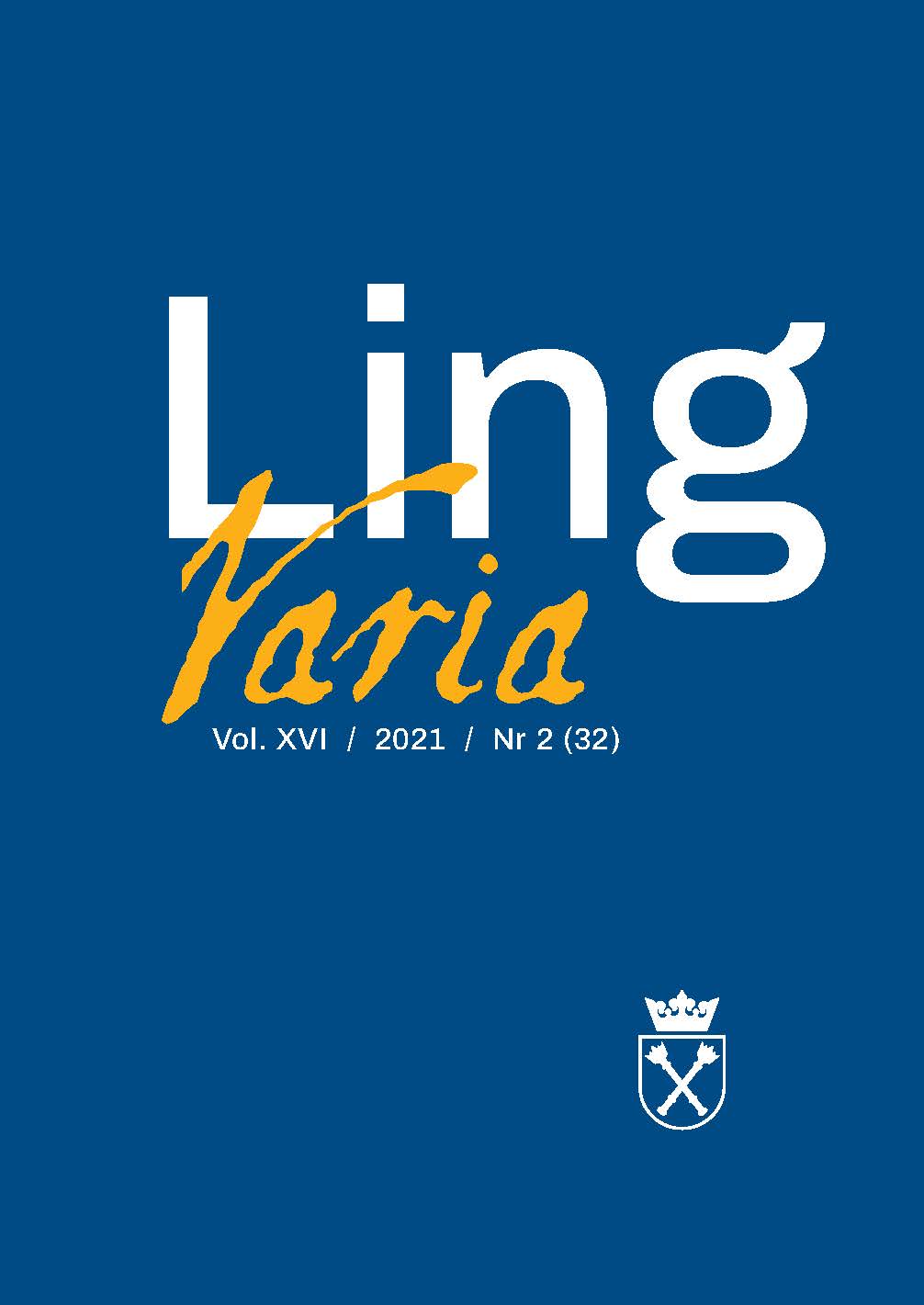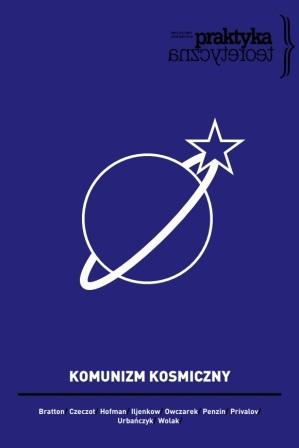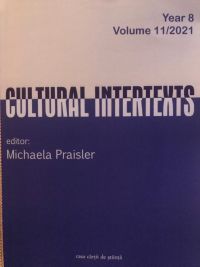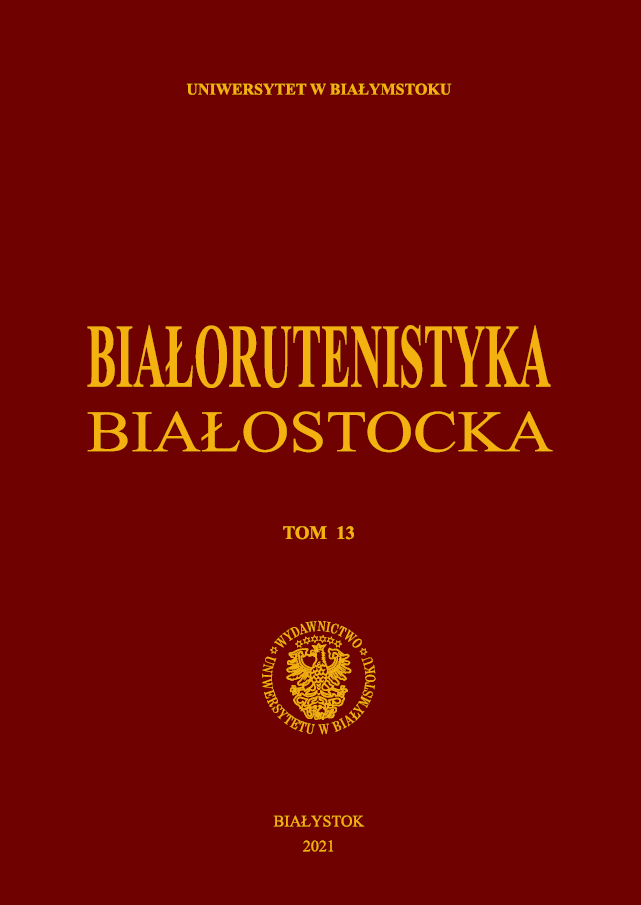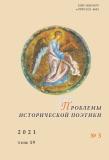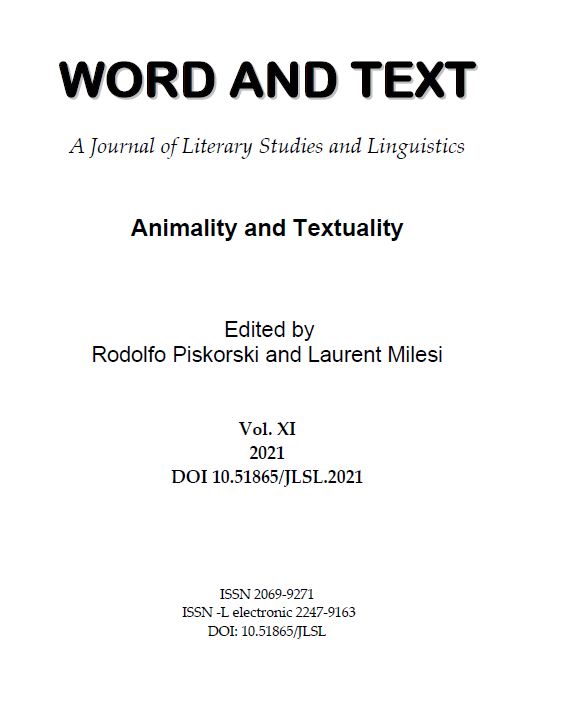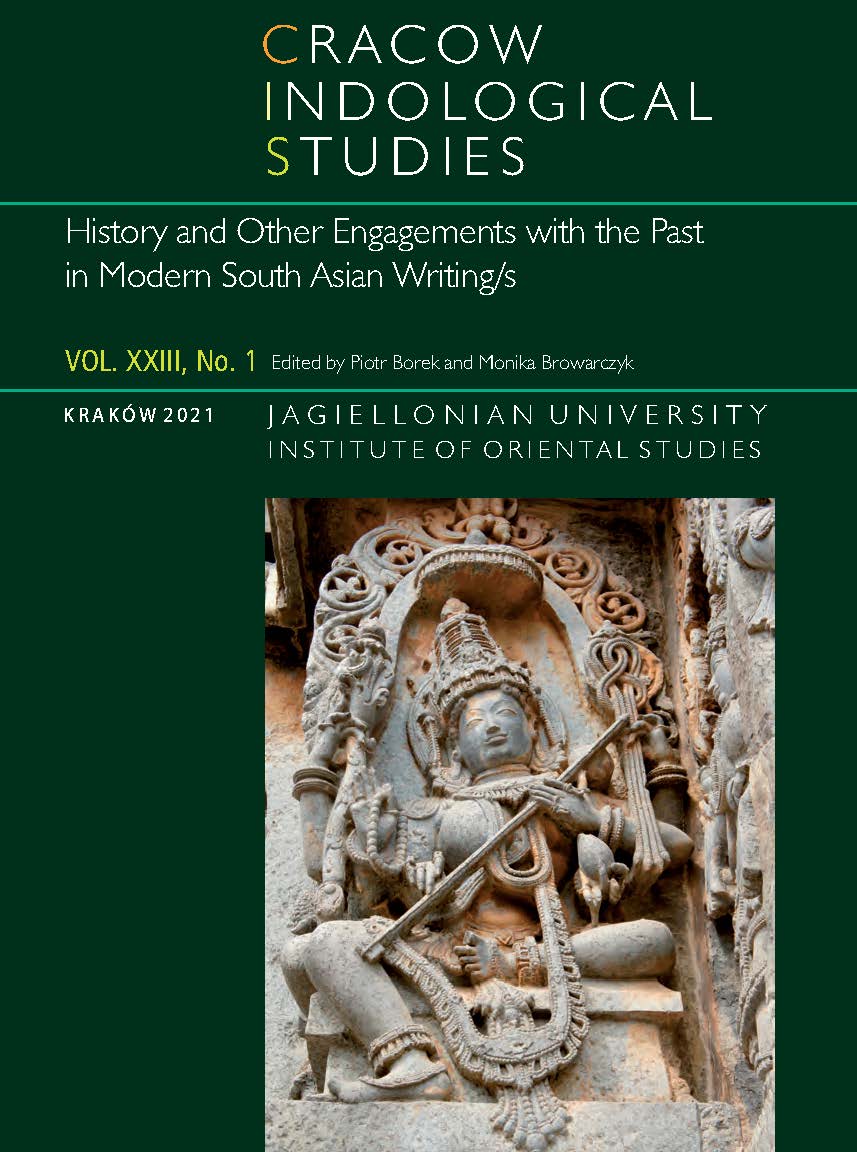
The Presence of the Past: History and Imagination in Uday Prakāśs’ Vāren hesṭiṅgs kā sāḍ̃
The paper aims at discussing the role and meaning of history in a Hindi short story by Uday Prakāś, Vāren hesṭiṅgs kā sā̃ḍ (“Warren Hastings’ Bull”, 1996). Based on the historical figure of Warren Hastings, this work of fiction intermingles fantasy and facts, imagination and history. Significantly, Uday Prakāś warns his readers about this matter right at the beginning of the narrative: if readers look for history in his short story, they will be left “with a heap of sand in their hands”. This and similar statements immediately give rise to other crucial questions, i.e. what exactly is the history that the readers expect to find in the story? What are the strategies adopted by the author while addressing the subject of history? What is the role and meaning of the past in a postcolonial and progressively postmodern reality like that of India at the dawn of the new millennium? By focusing on some ‘dark areas’ of Warren Hastings’ private life, Uday Prakāś not only offers an unusual perspective from which to view the figure of the British Governor but also engages his readers in an explicit reflection on the meaning and the presence of the past in our own reality. A short story (kahanī), based on a two hundred-and-fifty-years old tale (kathā), becomes a powerful instrument for criticizing the anomalies of the contemporary world.
More...
